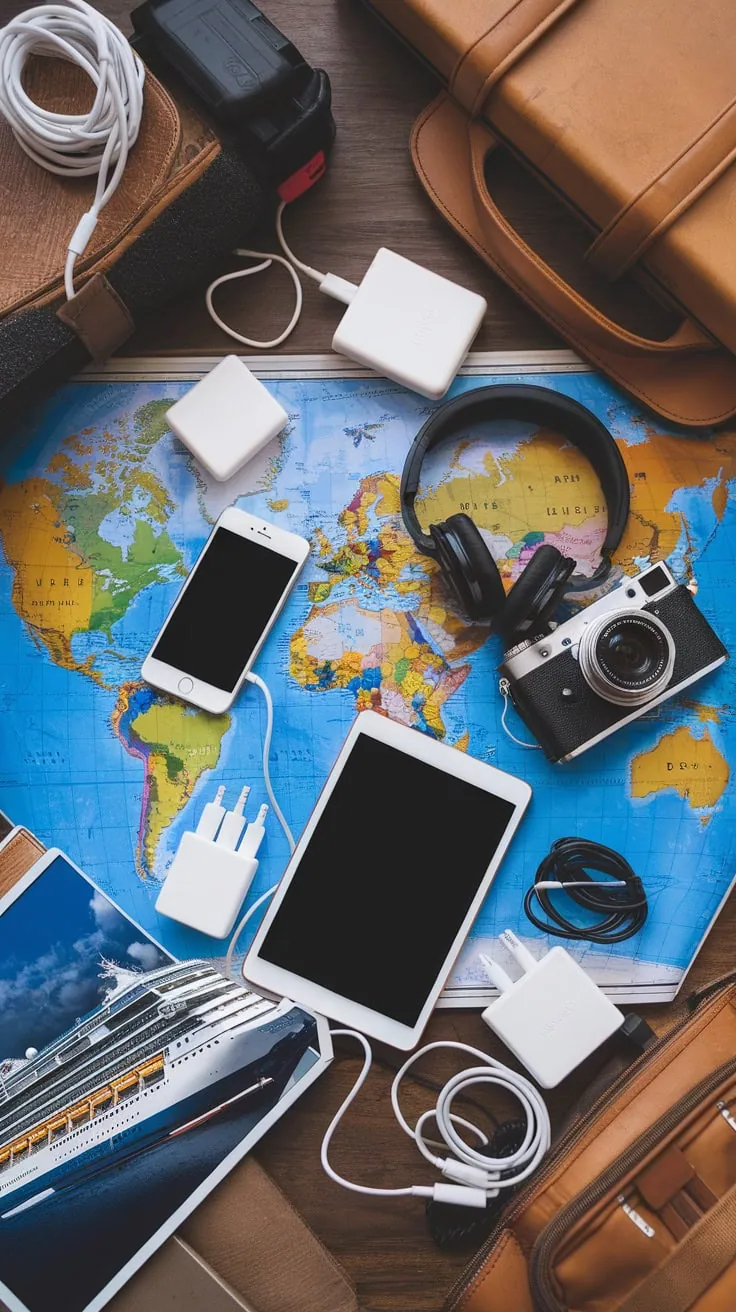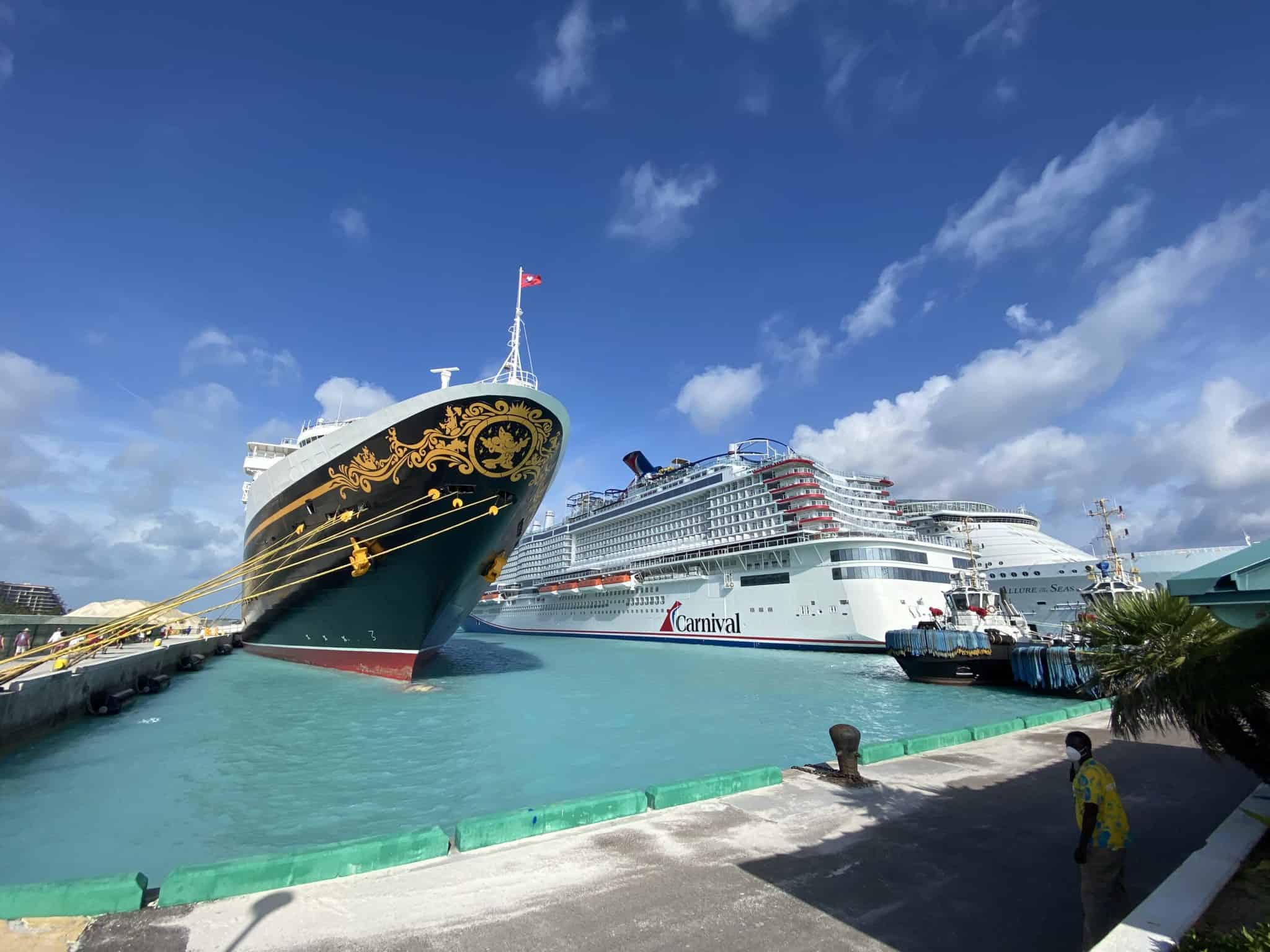Booking your first cruise can dramatically change your travel experience, opening up new possibilities and even changing your lifestyle. But first-timers need to know that the initial price is just the start. Taxes, port fees, service charges, and gratuities can increase quickly.
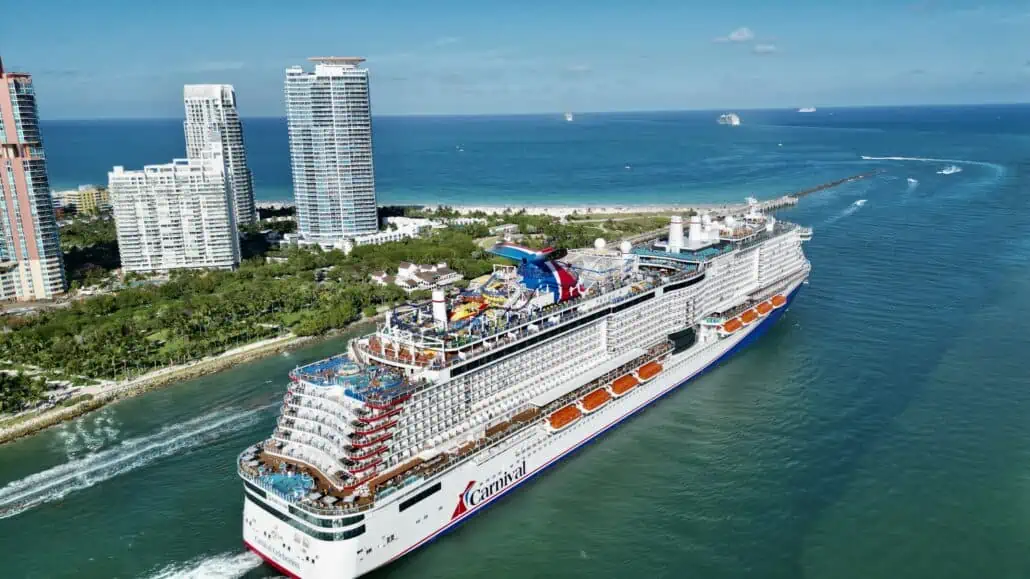
Other costs, such as airfare, hotel stays, and travel insurance, can also increase your budget. However, with careful planning, cruising can be both affordable and fun.
Choosing the right cruise line and ship is very important. Different lines offer different experiences for different people. Whether you like big ships with lots of activities or small ships for adventure, there’s something for everyone.
1. Understanding The REAL Cruise Costs
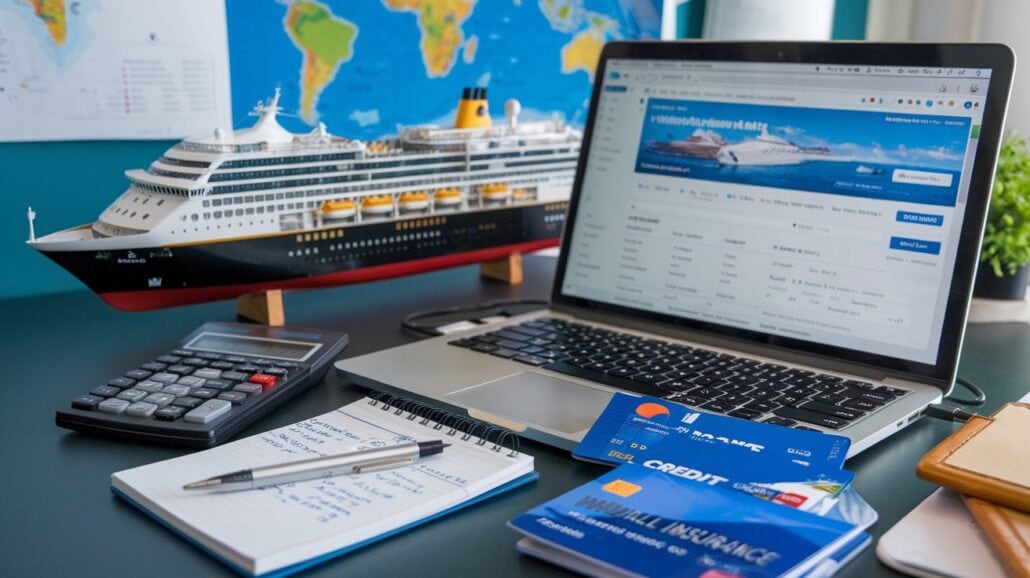
When you book a cruise, knowing about extra costs is key. These include taxes, port fees, service charges, and pre-paid gratuities. These can almost double the initial price you see.
You’ll also need to consider airfare to and from the port city, any pre-cruise hotel stays, transportation costs, shore excursions, onboard expenses, and travel insurance. The total cost can be up to five times the base fare, so planning and finding ways to save is important.
Read More: How to Pick the Best Pre-Cruise Hotel
But with the right planning, cruising can still be affordable. Understanding the costs and using strategies like booking in shoulder seasons can help you save. A cruise essentials checklist and booking guide can also help you make smart choices.
2. Choosing the Right Cruise Line
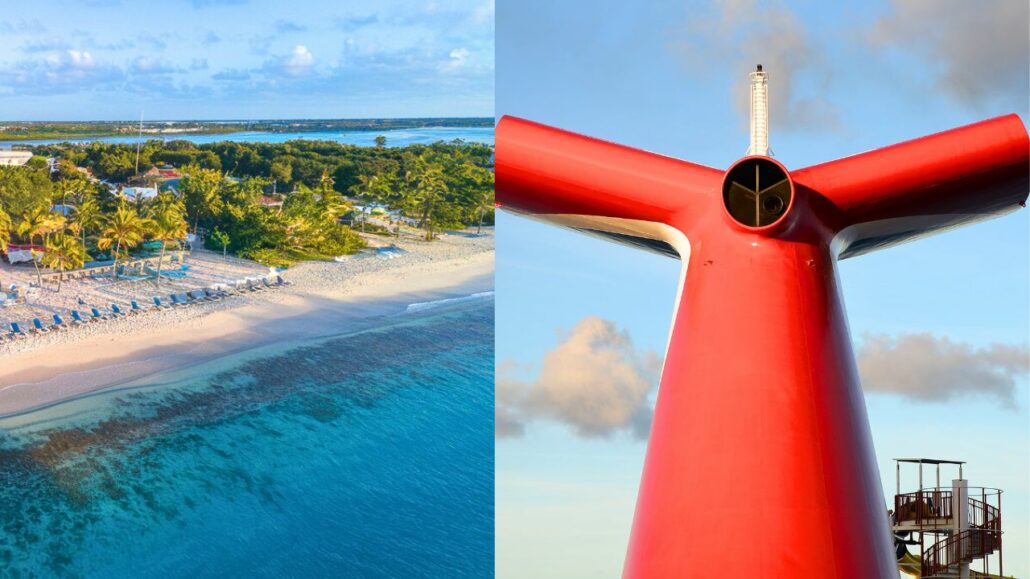
Choosing the right cruise line is key for a great vacation. Each line caters to different travelers. Some are great for families, while others are better for adults only. It’s important to know what each line offers.
Norwegian Cruise Line’s Breakaway-class ships are perfect for those who love excitement, big crowds, and many activities. Carnival Cruise Line also offers a lively vibe that appeals to many cruisers.
Holland America Line might be your choice if you prefer a calm cruise. Its focus on educational lectures and a peaceful atmosphere make it a favorite for those who like a quiet vacation.
Statista says the cruise industry is growing fast. By 2024, over 39 million people will take a cruise. It’s vital to research each line to find the best fit for you. This way, you can enjoy a cruise that suits your style perfectly.
3. Picking the Right Cabin

Choosing the right cruise cabin is key to a great sailing experience. Consider location, noise, and motion sickness when picking your cabin to ensure it meets your needs.
Mid-ship, lower-deck cabins are best for those who get seasick. They move less during the trip. Also, cabins should be avoided near busy spots like pools and bars to reduce noise. Pick a cabin close to ship areas you’ll visit often for easy access.
Inside cabins without windows are a good choice for saving money. They’re cozy for sleeping. Oceanview cabins provide natural light, and balcony cabins offer private outdoor space to enjoy the sea.
Suites and specialty cabins offer upgraded accommodations and special perks. Families or groups might prefer adjoining cabins, which allow everyone to stay together but have their own space.
4. Research, Research, Research
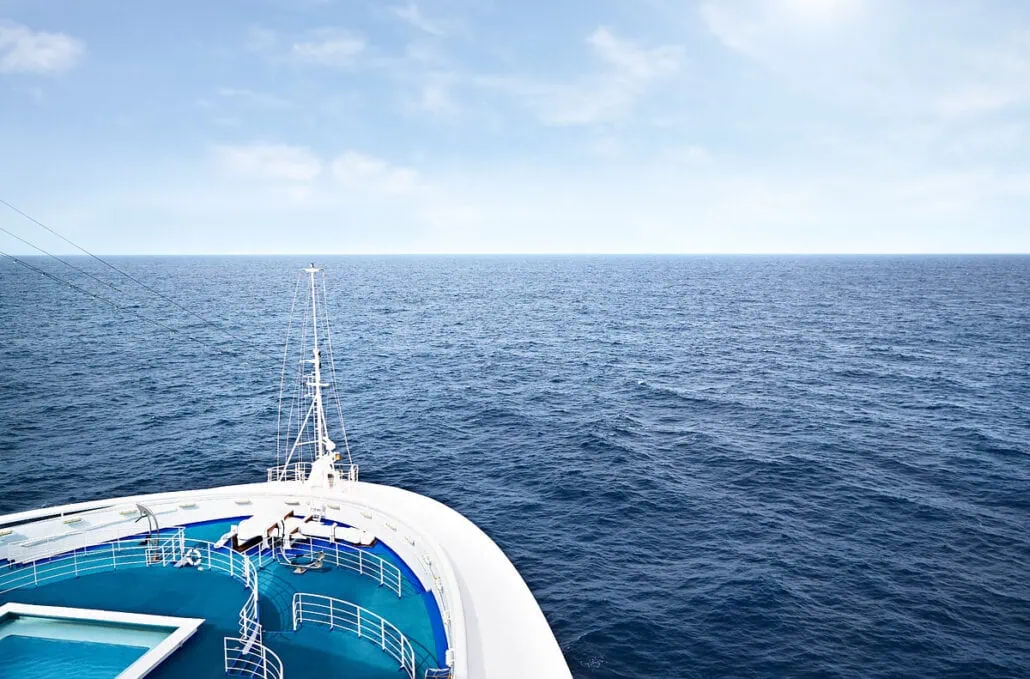
Research before booking is crucial. Consider the cruise destination and itinerary, ensuring they match your interests and preferences.
Also, learn about the different cruise lines and ship sizes. This will help you pick the right one for your travel style and budget.
Booking through a travel agency can also help. You might get perks and onboard credits. If you are a stockholder with CCL, RCL, or NCLH, you can take advantage of cruise line shareholder benefits that can get you up to $250 in onboard credit per stateroom.
Packing for a cruise needs some planning. Check the dress codes, as some cruises have formal nights. You’ll need to pack accordingly. Remember to bring seasickness medication, sunscreen, and a power strip for charging your devices.
Joining online cruise communities like Facebook groups or Cruise Critic is smart. They offer tips and insights from seasoned cruisers. You’ll learn about the best cabin locations, dining options, and onboard activities.
5. Sea Days vs. Port Days
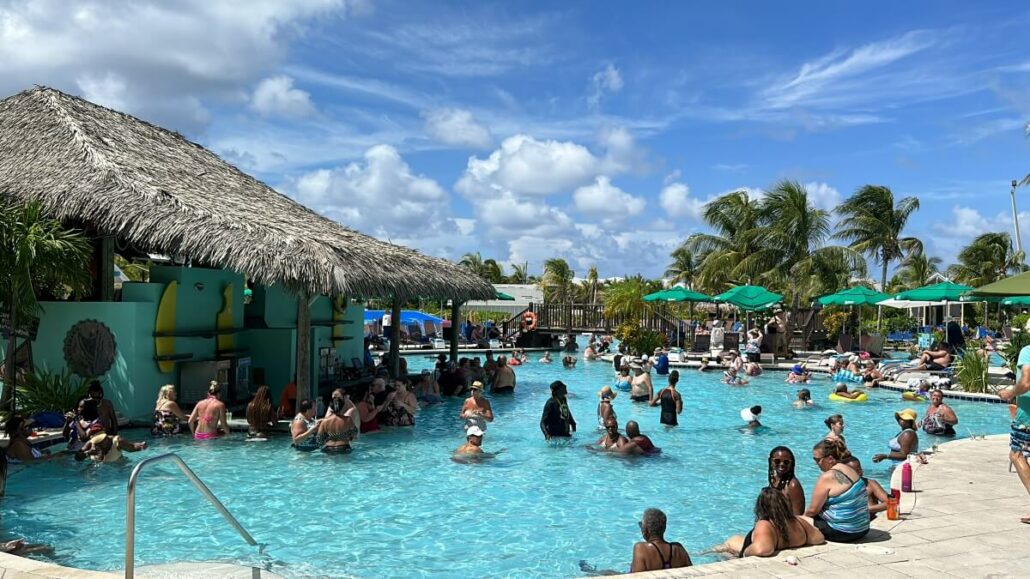
When planning your cruise, think about the mix of sea and port days you want. Sea days are when the ship moves between places. They’re great for relaxing and checking out the ship’s facilities. Many people like having a few sea days to enjoy the ship’s activities.
Port days let you see the places you’re visiting. But they can be busy, especially if you’re doing a lot of shore excursions. If a port doesn’t interest you, use that day to relax on the ship.
Plan your cruise to balance sea and port days based on what you like.
6. Shore Excursion Planning
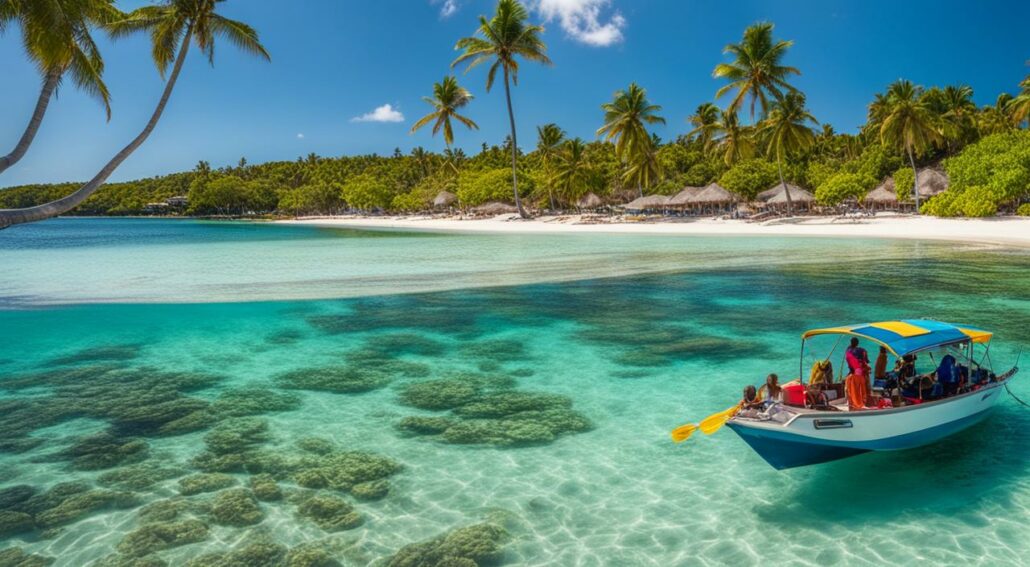
Cruise fans know shore excursions are crucial. Whether booking through the cruise line or going solo, planning is essential. The cruise essentials checklist and guide help you plan shore excursions for a great trip.
Cruise line excursions might cost more, but ensure the ship waits if you’re late. Independent trips can save money but need more research and risk missing the ship. It’s smart to book early, especially for popular spots.
Consider what you like, your budget, and your comfort when planning. Cruise essentials like matching tour descriptions and knowing activity levels are key. Remember to include travel time to avoid exhaustion. Also, compare prices between cruise and independent tours for savings.
7. Dining Options
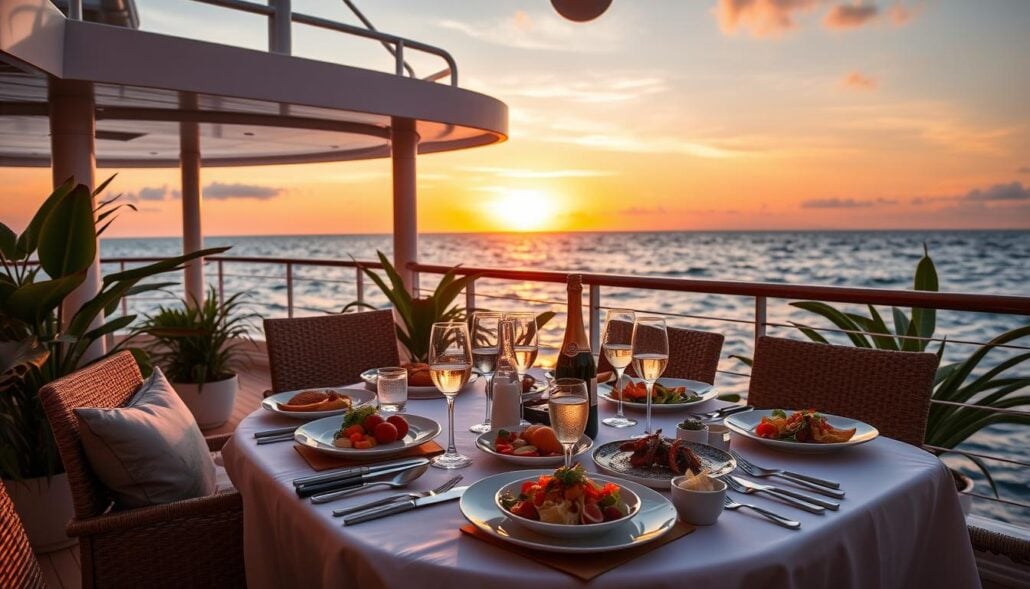
You’ll find a variety of dining options to suit every taste. There’s something for everyone, from main dining rooms to buffets and specialty restaurants. As you plan your pre-cruise checklist or prepare for your cruise vacation, get familiar with the dining options.
The main dining rooms are included in the cruise fare. They serve a changing menu of delicious dishes daily. These sit-down restaurants offer a formal dining experience, letting you enjoy each course at your own pace.
Read More: Carnival’s Main Dining Room Guide
On the other hand, the bustling buffets have a wide selection of international cuisine, catering to different dietary needs and preferences.
Try reserving a table at a specialty restaurant for an upscale dining experience. These for-fee venues feature cuisine from renowned chefs or showcase specific cultures.
While there may be an additional fee, the exceptional service and delicious menu make it worth it. Some examples are Carnival Cruise Line’s Fahrenheit 555 Steakhouse and Royal Caribbean’s Hooks Seafood.
8. Cruise Ship Entertainment
Planning a cruise means looking forward to the fun as much as the places you’ll visit. Cruise ships have lots to offer, from live shows in the main show theater and comedy acts to sports and fitness classes. There are activities for everyone, like dance lessons, cooking demos, and trivia games.
Consider what’s on board when choosing your cruise, especially for sea days. It’s easy to get tired of trying everything. So, pace yourself, especially if you’re going on shore excursions.
Book dining, shore tours, and special events early so you won’t miss out on the fun.
9. Family-Friendly Cruise Selection
Planning a family cruise? Mega-ships are great for first-timers. Think of Carnival’s Mardi Gras or Royal Caribbean’s Icon of the Seas. They have rollercoasters, water parks, surf simulators, and many kid programs.
Think about your kids’ ages and what activities they’ll enjoy. Ships with kids’ and teens’ clubs, family dining, and family rooms are ideal. Check the cruise line’s age rules for activities, babysitting, and family excursions.


